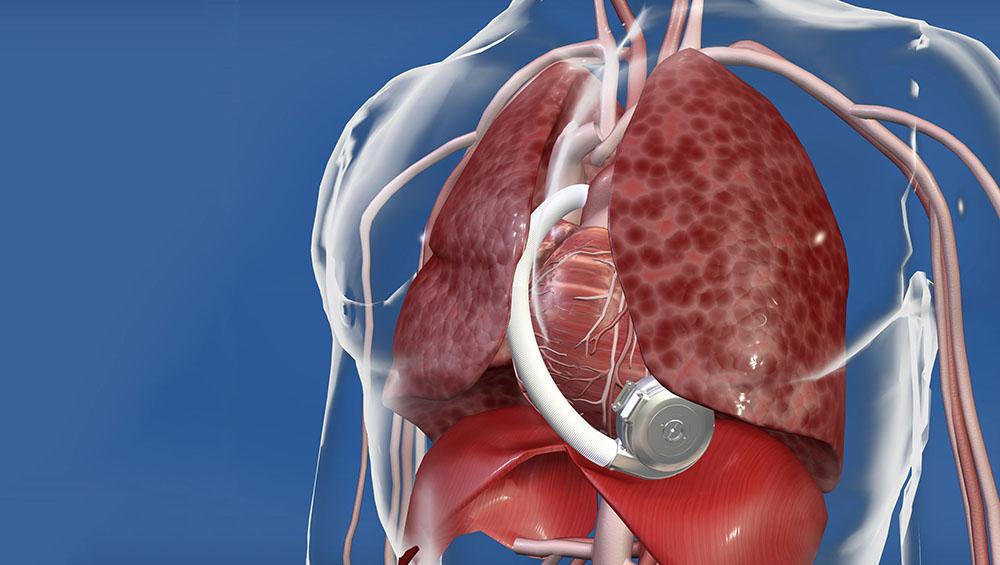Cardiac assist devices are mechanical pumps that are used to support the pumping function of the weakened heart. There are various types of cardiac assist devices available in the market including ventricular assist devices, total artificial hearts, and intra-aortic balloon pumps. Cardiac assist devices help reducing symptoms and allow for a better quality of life for those suffering from heart diseases. These devices are widely used for patients awaiting heart transplant or as a destination therapy for patients ineligible for transplant.
The global cardiac assist devices market is estimated to be valued at US$ 3.02 Bn in 2023 and is expected to exhibit a CAGR of 8.9% over the forecast period 2023 to 2030, as highlighted in a new report published by Coherent Market Insights.
Market Dynamics:
Rising prevalence of cardiovascular diseases is considered as a major driver for the growth of cardiac assist devices market. According to World Health Organization, cardiovascular diseases are the number one cause of death globally, taking an estimated 17.9 million lives each year. Moreover, increasing demand for minimally invasive surgeries for the treatment of cardiovascular diseases along with technological advancements in developing compact and battery-operated assist devices are further expected to propel the market growth over the forecast period. However, high costs associated with cardiac assist devices and limited reimbursement policies in developing nations are expected to restrain the market growth to some extent.
SWOT Analysis
Strength: Cardiac assist devices offer significant clinical benefits to patients suffering from heart failure. Technological advancements in miniaturization and manufacturing have led to improved device designs that are more durable and easier to implant. Growing awareness about heart failure treatments use of cardiac assist devices as bridge to transplant.
Weakness: High costs associated with cardiac assist devices limit widespread adoption. Reliability issues and the risk of device malfunctions are key concerns. Reimbursement challenges in certain regions pose adoption barriers.
Opportunity: Rising global burden of heart failure drives the need for innovative therapies. Untapped growth opportunities in developing nations with large patient pools. Continued research toward developing next-gen technologies such as wearable heart pumps presents scope.
Threats: Stringent regulatory pathways for new product approvals delay market access. Intense competition from alternative therapies threatens market share of cardiac assist device makers. Device recalls and safety issues negatively impact brand perception.
Key Takeaways
Global Cardiac Assist Devices Market Size is expected to witness high growth over the forecast period of 2023 to 2030 supported by rising incidence of cardiovascular diseases. The market size for 2023is projected to reach US$ 3.02 billion registering a CAGR of 8.9% during the forecast period.
Regional analysis: North America currently dominates the global market for cardiac assist devices supported by advanced healthcare infrastructure and availability of reimbursement. However, Asia Pacific is likely to emerge as the fastest growing regional market owing to the large patient pool, increasing healthcare spending, and growing medical tourism.
Key players: Key players operating in the cardiac assist devices market are Sherwin Williams Company, Akzo Nobel N.V., PPG Industries Ltd Axalta Coatings Systems, Rust-Oleum - RPM International Inc., Aexcel Coatings., Sokan New Materials, and Jotun AS. These players are focusing on new product development and partnerships with hospitals to strengthen their market position.
Explore More Related Article On This Topic: https://www.pressreleasebulletin.com/cardiac-assist-devices-market-trends/
